
The 1952 United States presidential election was the 42nd quadrennial presidential election. It was held on Tuesday, November 4, 1952. Republican Dwight D. Eisenhower won a landslide victory over Democrat Adlai Stevenson, ending a string of Democratic Party wins that stretched back to 1932.

The 1956 United States presidential election was the 43rd quadrennial presidential election. It was held on Tuesday, November 6, 1956. The popular incumbent President, Republican Dwight D. Eisenhower, successfully ran for re-election. The election was a re-match of 1952, as Eisenhower's opponent in 1956 was Adlai Stevenson, a former Illinois governor whom Eisenhower had defeated four years earlier.

William Fife Knowland was an American politician, newspaper publisher, and Republican Party leader. He was a US Senator representing California from 1945 to 1959. He served as Senate Majority Leader from August 1953 to January 1955 after the death of Robert A. Taft.
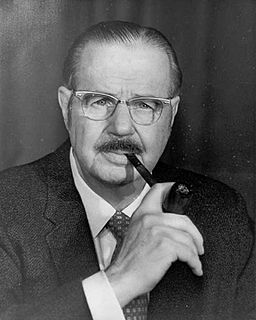
Hugh Doggett Scott Jr. was an American lawyer and politician. A member of the Republican Party, he represented Pennsylvania in the United States House of Representatives and the United States Senate. He served as Senate Minority Leader from 1969 to 1977.

Joseph Sill Clark Jr. was an American author, lawyer and politician. A member of the Democratic Party, he served as the 116th Mayor of Philadelphia from 1952 to 1956 and as a United States Senator from Pennsylvania from 1957 to 1969. Clark was the only Unitarian Universalist elected to a major office in Pennsylvania in the modern era.

The 1980 United States Senate elections coincided with Ronald Reagan's victory in the presidential election. Reagan's large margin of victory over incumbent Jimmy Carter pulled in many Democratic voters and gave a huge boost to Republican Senate candidates.

The 1976 United States Senate elections was an election for the United States Senate that coincided with Democratic Jimmy Carter's presidential election and the United States Bicentennial celebration. Although almost half of the seats decided in this election changed parties, Carter's narrow victory did not provide coattails for the Democrats, and the balance of the chamber remained the same.
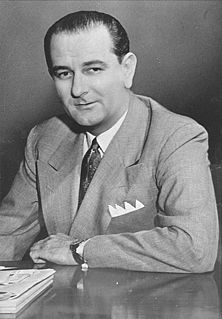
The 1956 United States Senate elections were elections for the United States Senate that coincided with the re-election of President Dwight D. Eisenhower. Although the Democrats gained two seats in regular elections, the Republicans gained back two seats in special elections, leaving the party balance of the chamber remained unchanged.
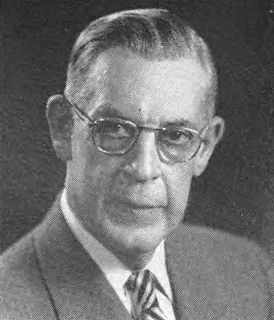
Benjamin Franklin James was an American politician from Pennsylvania who served as a Republican member of the U.S. House of Representatives for Pennsylvania's 7th congressional district from 1949 to 1959. He served as a member of the Pennsylvania House of Representatives for Delaware County from 1939 to 1947.
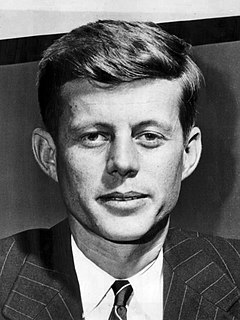
The 1952 United States Senate election in Massachusetts was held on November 4, 1952. Incumbent Republican Henry Cabot Lodge Jr. lost to John F. Kennedy, the Democratic Party nominee. This election marked the end of the Lodge family dynasty and the beginning of the Kennedy family dynasty.
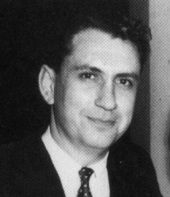
The 1980 United States Senate election in Pennsylvania was held on November 4, 1980. Incumbent Republican U.S. Senator Richard Schweiker decided to retire, instead of seeking a third term. Republican nominee Arlen Specter won the open seat, defeating Democratic nominee Peter F. Flaherty.

The 2012 United States Senate election in Pennsylvania was held on November 6, 2012, alongside a presidential election, other elections to the United States Senate in other states, as well as elections to the United States House of Representatives and various state and local elections. Incumbent Democratic U.S. Senator Bob Casey, Jr. ran for and won re-election to a second term, defeating Republican nominee Tom Smith, and Libertarian nominee Rayburn Smith.

The 1952 United States elections was held on November 4. The Republicans took control of the presidency and both chambers of Congress for the first time since the Great Depression. The election took place during the Korean War.

The 1962 United States Senate election in Pennsylvania was held on November 6, 1962. Incumbent Democratic U.S. Senator Joseph S. Clark, Jr. successfully sought re-election to another term, defeating Republican nominee James E. Van Zandt. A Democratic U.S. Senator would not be re-elected in Pennsylvania again until 2012. As of 2019, this is the last time the Democrats have won the Class 3 Senate Seat from Pennsylvania.
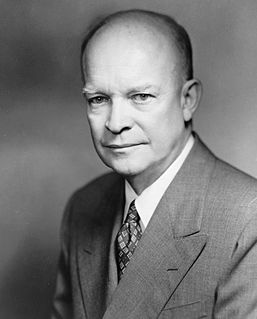
The 1956 United States presidential election in New York took place on November 6, 1956. All contemporary 48 states were part of the 1956 United States presidential election. New York voters chose forty five electors to the Electoral College, which selected the president and vice president.

The 1956 United States presidential election in Massachusetts took place on November 6, 1956, as part of the 1956 United States presidential election, which was held throughout all contemporary 48 states. Voters chose sixteen representatives, or electors to the Electoral College, who voted for president and vice president.

The 1956 United States presidential election in New Jersey took place on November 6, 1956. All contemporary 48 states were part of the 1956 United States presidential election. New Jersey voters chose 16 electors to the Electoral College, which selected the president and vice president.

The 1956 United States presidential election in New Hampshire took place on November 6, 1956, as part of the 1956 United States presidential election, which was held throughout all contemporary 48 states. Voters chose 4 representatives, or electors to the Electoral College, who voted for president and vice president.

Philadelphia's municipal election of November 8, 1955, involved contests for mayor, district attorney, all seventeen city council seats, among other offices. Citywide, the Democrats took majorities of over 130,000 votes, continuing their success from the elections four years earlier. Richardson Dilworth, who had been elected district attorney in 1951, was elected mayor. Victor H. Blanc, a city councilman, was elected district attorney. The Democrats also kept fourteen of seventeen city council seats, losing one district seat while gaining another, and kept control of the other citywide offices. The election represented a further consolidation of control by the Democrats after their citywide victories of four years earlier.

The 1956 United States presidential election in Maine took place on November 6, 1956, as part of the 1956 United States presidential election which was held throughout all contemporary 48 states. Voters chose five representatives, or electors to the Electoral College, who voted for president and vice president.




















